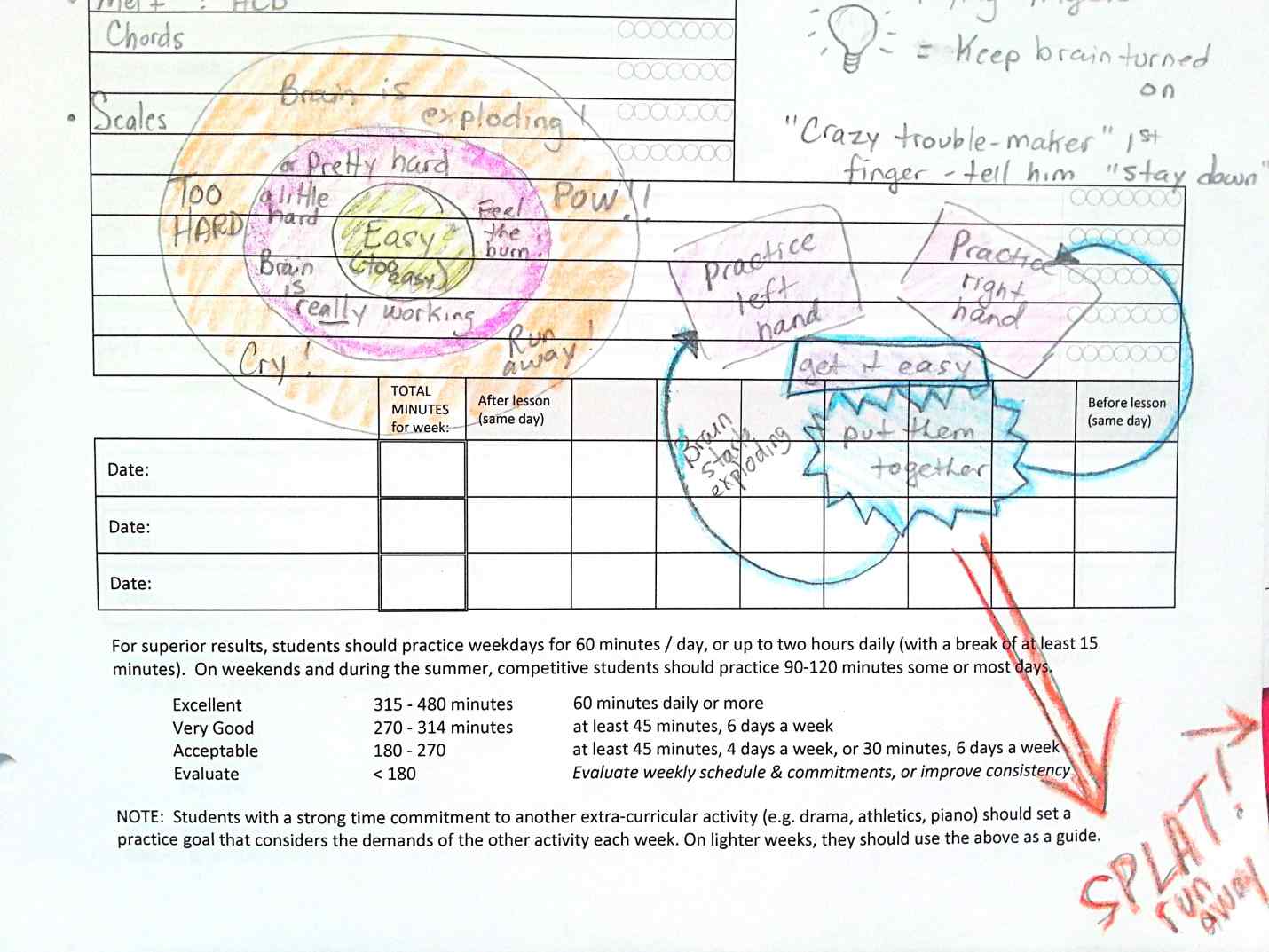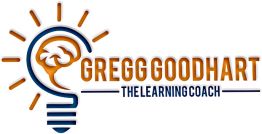No Pain, No Gain – Feel the Blearn!

Sometime back around the 1980’s or so a phrase reportedly became a staple at the ever growing number of gyms in the US as the baby boomers realized they better get in shape and quick. Some of the more motivated weightlifters would push to the edge of their strength to exhaustion and failure. Not fun, but the best way to add muscle as that is how it works. They would sometimes shout motivational slogans at each other. “Feel The Burn!” you’d hear them yell to describe the uncomfortable burning sensation that occurs in a muscle being pushed to failure. These gentlemen were usually very large, or would be so soon.
Now here’s the weird part – your brain works the same way. You know that confused and frustrating feeling you get when you are trying to learn something that is just a little bit too hard for you? It makes you want to quit, doesn’t it? It makes you think you don’t have talent, right? It makes you learn is what it does.
In 1993 K. Anders Ericsson, widely regarded as the one of world’s leading theoretical and experimental researchers in skill development (learning), and his team published the landmark study “The Role of Deliberate Practice in the Acquisition of Expert Performance.” In it they identified the essence of the learning process, which is now known as deliberate practice, using some pretty ingenious methodology.
One claim they made was, “. . .deliberate practice requires effort and is not inherently enjoyable.”
As I progressed in my high school music teaching career I came to notice this well before I read Ericsson’s work. I noticed that it kind of hurt the brain to be involved in intense focus. I also noticed that was the sweet spot of learning. The burn of learning. The Blearn – Feel The Blearn!
Turns out a couple of researchers at UCLA came up with a proper name for it – desireable difficulty.
I’ve had more than a few people remark to me, “Well, music was easy for you.” No it was not, it was a ton of frustrating work. I make it look easy now because of the thousands of hours of work.
So that is the deal – playing is fun, practicing is work, the more work you’ll do the more fun you’ll have. It is not a sign of lack of musical ability or ‘talent’ if you don’t pick up playing music fast, it is just a sign of being human.
An excellent teacher in Austin, Texas – Elise Winters – came up with a great way to teach this, and to a six year old nonetheless. She will tell you about working with her young student Sophie (not her real name so don’t call her by it, she won’t respond). I concede the rest of this post to her;
“ Sophie, 5 years old, has been having continual meltdowns about trying difficult things on the piano (=anything harder than sitting on the piano bench) for almost two years. She’s almost 5 1/2 now. I was inspired by your lecture on how learning works, and the concept of “desirable difficulty.” At Sophie’s next lesson, as I saw the meltdown about to happen, I had a sudden inspiration. I told her about “my friend the guitarist” who “talked about how the brain works.” And I drew her these pictures.

She immediately enjoyed the idea of going from the outside part, in a spiral, getting closer and closer to the middle. We practiced for a little while, and had a great lesson. At the end she had a “typical Sophie” meltdown. I brought out the crayons, and she took a break from her meltdown to see what I was doing (she loves crayons). We drew the “SPLAT” picture at the bottom of the page. We talked about how as long as you follow the steps (on the right), you’ll get better. But don’t fall off the page!!
Today Sophie came for her lesson, and she had practiced every day (the second time this has ever happened). She was a little anxious at the beginning of lesson when I asked her to play Hot Cross Buns, so we took turns playing a few notes each of Hot Cross Buns (a “safe” activity), then we talked about the circles again. Apparently the overview was reassuring, because she was willing to risk Hot Cross Buns (right hand, then left). After each time, I asked her to show me where on the circles it was (easy, medium, or “brain exploding”). She had fun watching the song go a little closer to the “easy” part of the circle each time she played it.
And then something unheard-of happened. She volunteered to do hands-together. And even after she made a mistake, she didn’t have a meltdown. I asked her where it was on the circle. We made up two names for the middle ring: “medium-hard” and “HARD medium-hard” (right next to “brain exploding”). We colored this part a little darker. She knows the phrase, “Feel the blearn!”
After just two times, we discovered that two-hands Hot Cross Buns was already in the “easy” part of the circle. “Oh, no!!” I said. “Do you know what happens when you get all the way to the middle?” (Her eyes got wide.) “You have to come up with a “new” harder thing to practice, so that you’re still learning!!” I asked her what she thought was next. She said, “Squirrel!”
She played Hot Cross Buns perfectly two more times (it got almost to the middle), then decided to try “Let Us Chase the Squirrel.” Uh-oh … as soon as she tried it we were immediately in “meltdown” zone. We almost had some tears, but narrowly maneuvered to safety.
Once we sang it a few times, Sophie did the hands separately just one time, then volunteered to do two-hands-together. And I must emphasize, trying something a little bit risky is unheard of for the Sophie that I know. She is Mistress Play-It-Safe. She played it all the way through, with just one mistake.
One would usually say that Sophie “lacks self-confidence.” For two years, all the encouragement and small achievements in the world made little difference in her fear of failure. The breakthrough for Sophie was simply understanding how learning works. The child I saw leaving today’s lesson is actually empowered to take on challenges, because she knows she will grow through them.
Imagine what a different life this young person will lead, when failure is no longer something for her to be afraid of. ”
Thanks, Elise. That was many months ago. Just recently after I asked If I could use her email in a blog post, she added, “Coincidentally, she & I went back to that picture just last Sunday. It helped her to “review.” I suggested that sometime this week she draw her own version of it and frame it on her piano as a reminder.
Go get ‘em.
